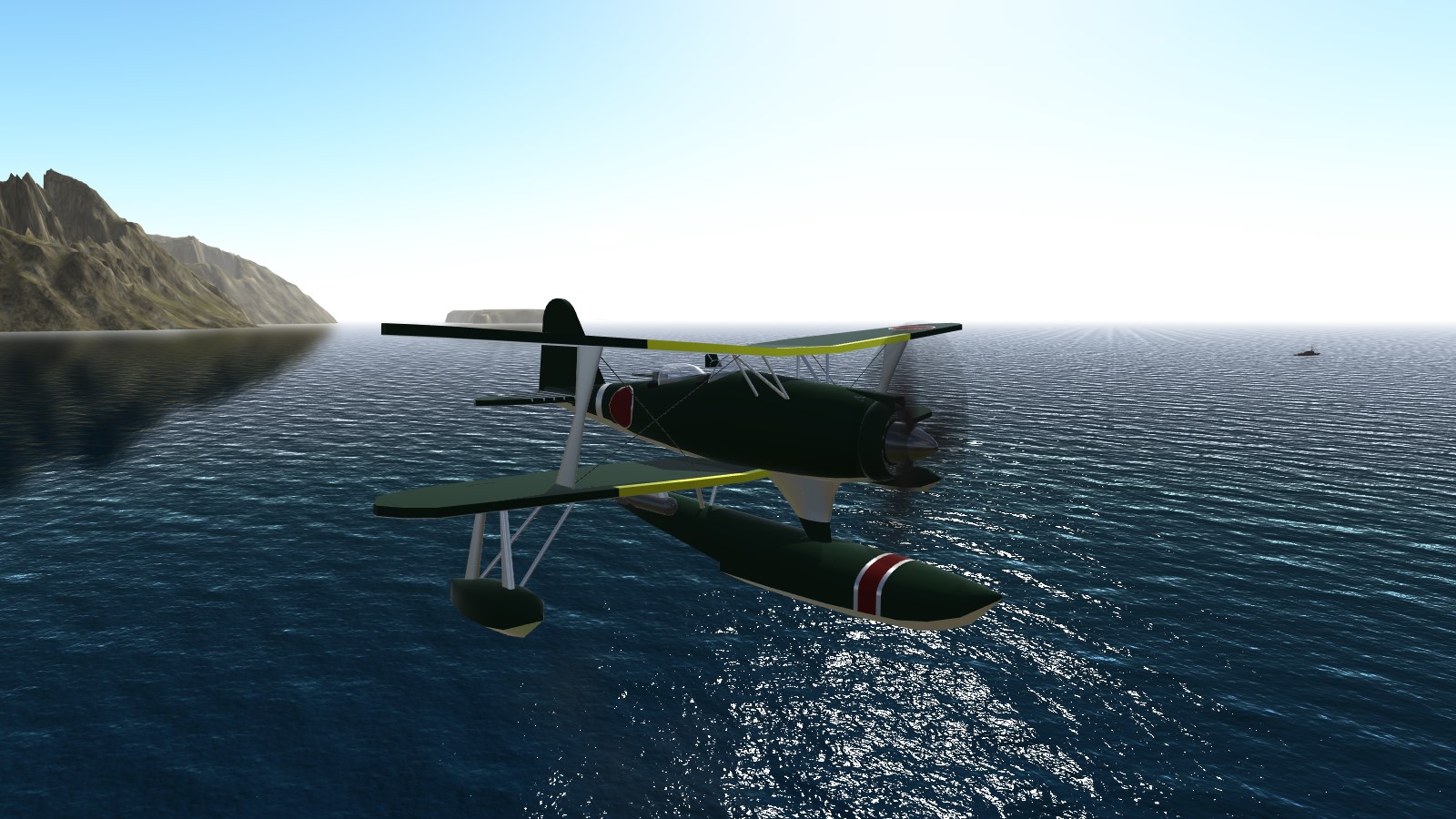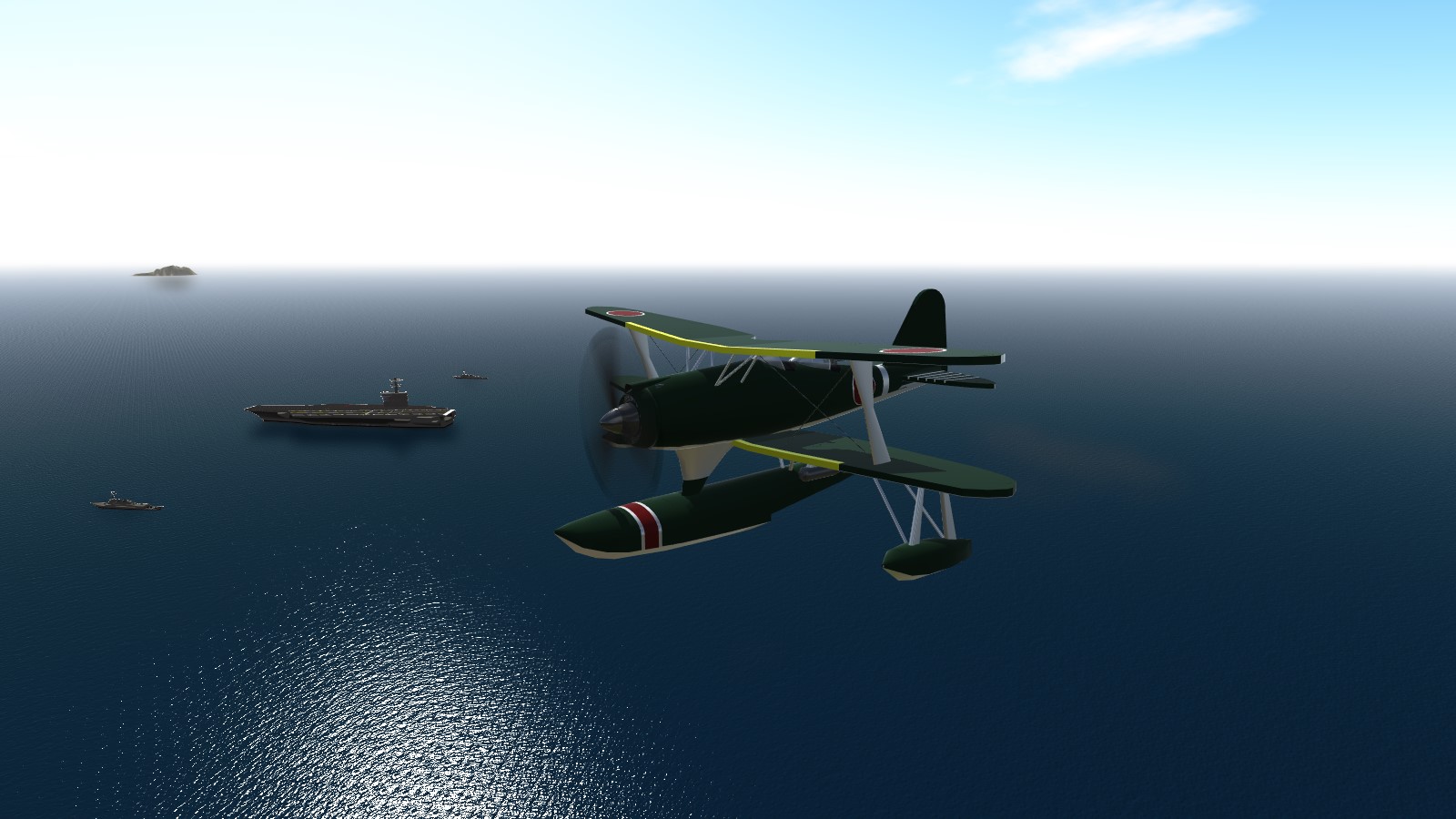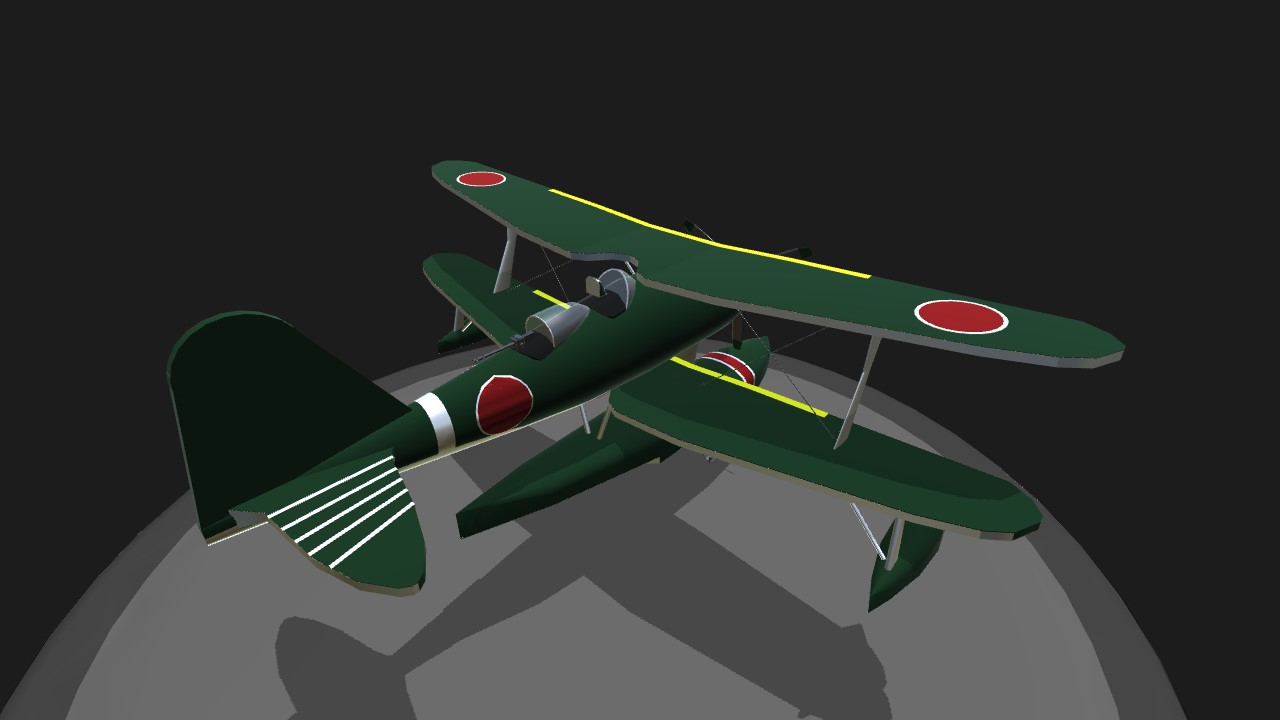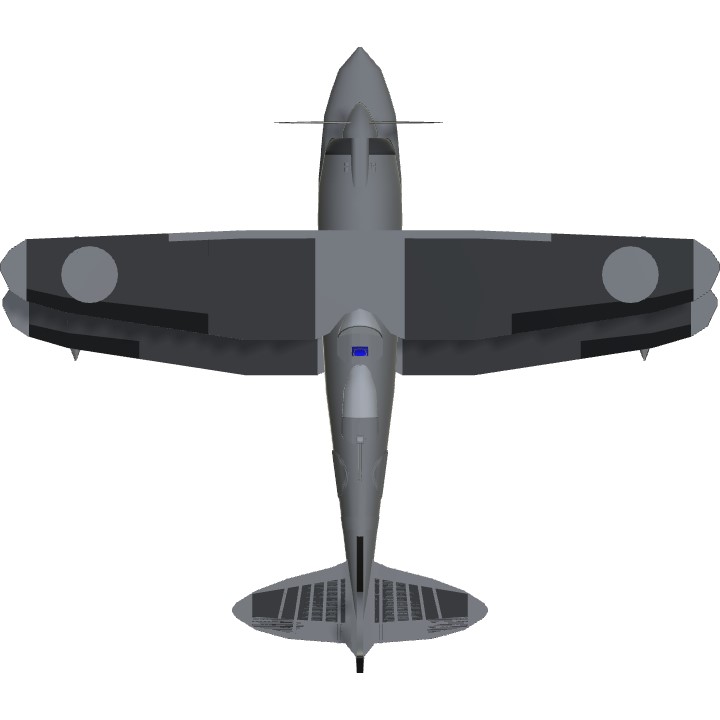In 1934, the Imperial Japanese Navy issued a specification to Mitsubishi, Aichi and Kawanishi for a replacement for its Nakajima E8N floatplanes, which were used for short-ranged reconnaissance and observation missions from the Navy's warships. Mitsubishi's design, the Ka-17, given the short system designation F1M1 by the Japanese Navy, was a small all-metal biplane powered by a single Nakajima Hikari 1 radial engine rated at 610 kilowatts (820 hp), the same engine as used by Aichi's competing F1A. It had elliptical wings and great care had been taken to reduce drag, with the number of interplane struts and bracing wires minimised. The first of four F1M1s flew in June 1936.
While the F1M1 had better performance than the Aichi aircraft, it had poor stability both on the water and in the air, so the aircraft was redesigned to resolve these problems. The wings were redesigned, with straight tapered leading and training edges and rigged with greater dihedral, and the vertical fin and rudder were enlarged. The aircraft's floats were enlarged to increase buoyancy, and the Hikari engine was replaced by a 652 kilowatts (875 hp) Mitsubishi Zuisei 14-cylinder radial, giving better forward visibility. As modified, the aircraft's handling characteristics were greatly improved, and the modified aircraft was ordered into production as the Navy Type 0 observation seaplane Model 11 (rei-shiki kansokuki ichi-ichi-gata, Reikan in short), with the short designation F1M2. 940 series aircraft were built in total (342 by Mitsubishi and 598 by Sasebo Arsenal and 21st Arsenal) in addition to 4 prototypes (older publications present higher production figures, i.e., 1,016 or 1,118).
The F1M2 had a maximum speed of 368 km/h (230 mph) and operating range of up to 1,072 km (670 mi) (when overloaded). It provided the Imperial Japanese Navy with a very versatile operations platform.
The F1M was armed with a maximum of three 7.7 mm (.303 in) machine guns (two fixed forward-firing and one flexible rear-firing) with provision for two 60 kg (132 lb) bombs.

source:https://en.wikipedia.org/wiki/Mitsubishi_F1M
Have Fun~
Specifications
Spotlights
- DeathStalker627 4.4 years ago
- Mikan 4.4 years ago
General Characteristics
- Created On Windows
- Wingspan 36.3ft (11.1m)
- Length 31.6ft (9.6m)
- Height 14.9ft (4.5m)
- Empty Weight 5,459lbs (2,476kg)
- Loaded Weight 8,379lbs (3,800kg)
Performance
- Horse Power/Weight Ratio 0.179
- Wing Loading 14.0lbs/ft2 (68.3kg/m2)
- Wing Area 598.9ft2 (55.6m2)
- Drag Points 5544
Parts
- Number of Parts 302
- Control Surfaces 19
- Performance Cost 895







unlike most builds where its a chain reaction when its only one fuselage exploded
i know im 3 years late, but i was surprised this plane is rugged and very robust, it kept flying even in critical damage by AA guns
Noice but its unstable due to the bomb
So i removed it
Recently used this to shot down a J-20 .
@LittleTOADY Corrected
sorry